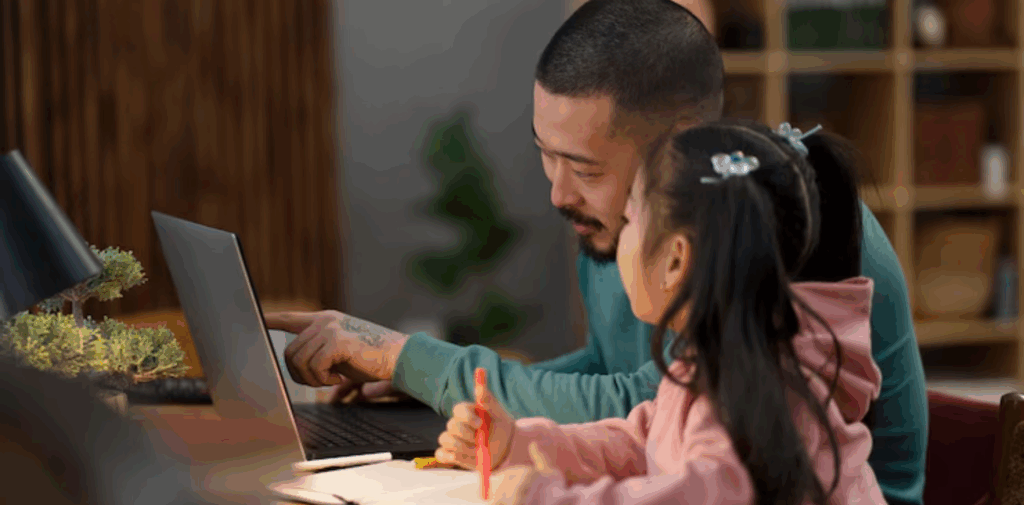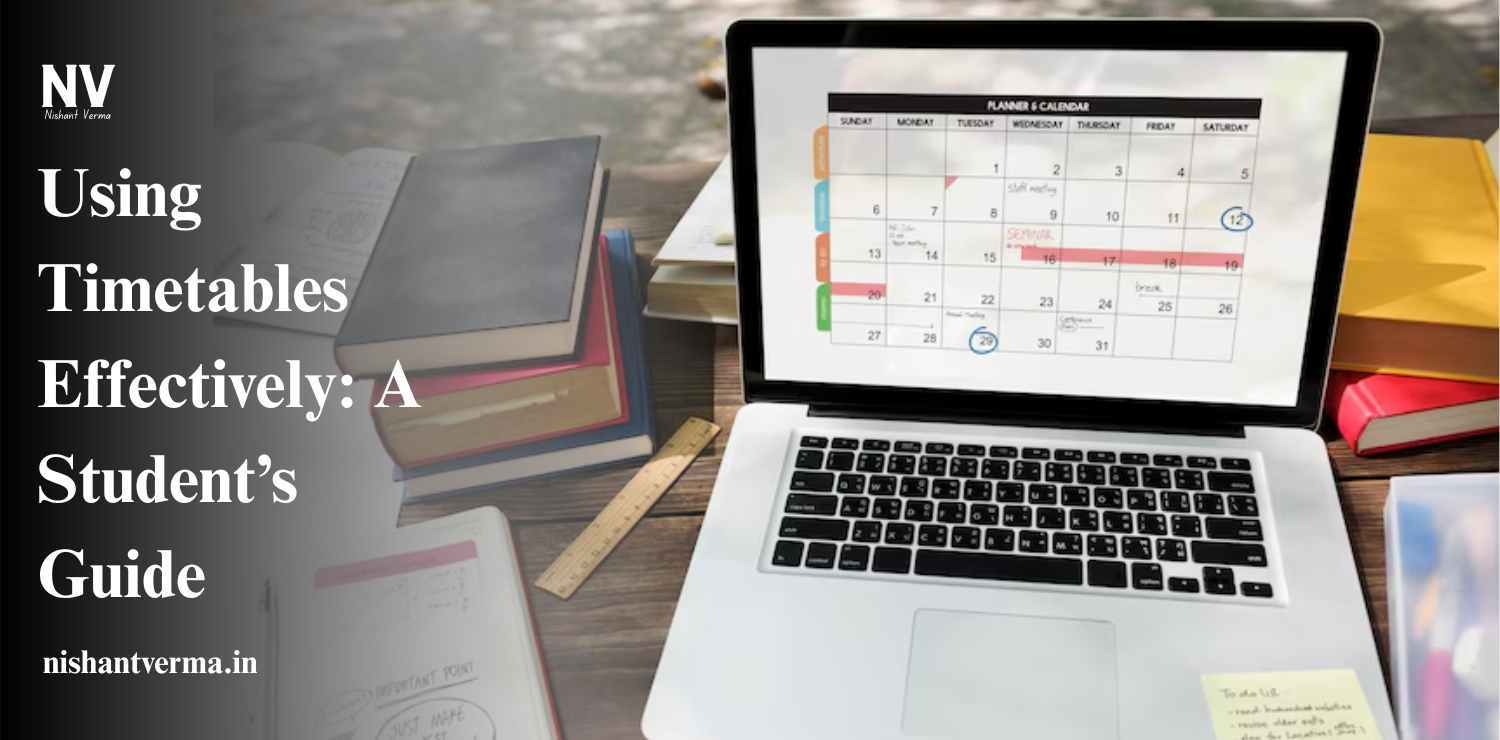The COVID-19 pandemic brought a major shift in how education is delivered in India. Schools, colleges, and coaching centers had to close their doors, and online learning quickly became the only way to continue education. Now, even though things are getting back to normal and many institutions have reopened physically, online classes and assignments have become a permanent part of our education system.
Many students, teachers, and parents are still learning how to manage this new blended way of learning, which includes both online and offline methods. This article will help you understand how to effectively handle online classes and assignments in this post-COVID era in India.
The rise of online learning in India
Before COVID, online learning was only popular among a few students who joined online coaching for competitive exams or took skill development courses. But during the lockdown, online education became the only option for all types of students—from nursery kids to university students.
Apps like Zoom, Google Meet, Microsoft Teams, and platforms like Byju’s, Unacademy, and Vedantu became household names. Even government initiatives like DIKSHA and Swayam gained popularity. Teachers had to quickly learn how to use these platforms, and students had to adjust to learning through screens.
Even though schools and colleges have now reopened, many institutions still continue to give online assignments, conduct extra classes through video calls, and share study materials digitally. This shows that online education is here to stay, at least in some form.

Challenges faced by students and teachers
While online classes made it possible to continue learning during the pandemic, they also brought several challenges, especially in a country like India.
One of the biggest problems is the digital divide. Many students in rural areas or from economically weaker sections don’t have smartphones, laptops, or a reliable internet connection. Even when devices are available, issues like frequent power cuts, poor network, and lack of digital literacy make it hard to attend online classes smoothly.
For teachers, the challenge was even bigger. Most of them were used to blackboards and textbooks and had never used online platforms before. They had to not only teach but also prepare digital notes, presentations, and videos. Conducting online exams and checking assignments also became more difficult.
Tips for students to manage online classes and assignments
Online learning needs a different kind of discipline. Here are a few simple tips that Indian students can follow to manage their online studies better:
- Create a fixed routine – Just like regular school, make a timetable and follow it. Wake up on time, get ready, and attend your classes in a quiet space. A routine helps you stay focused.
- Organize your study space – Keep your study area clean and free from distractions. Make sure your phone, charger, notebooks, and other study materials are ready before class begins.
- Stay away from distractions – Try not to use social media or play games during class time. Turn off notifications and use apps that block distracting websites while studying.
- Take short breaks – Sitting in front of a screen for long hours can be tiring. Take small breaks between classes to stretch, drink water, or just rest your eyes.
- Complete assignments on time – Don’t delay your homework. Make a list of your tasks and try to complete them one by one. Submitting on time avoids last-minute stress.
- Use online resources smartly – The internet is full of useful videos, tutorials, and study materials. Use platforms like NCERT e-books, YouTube educational channels, and official websites to clear your doubts.

Role of parents in supporting online learning
Parents play a big role in helping children manage online education, especially younger students. During COVID, many parents in India had to sit with their children during classes, help them with homework, and ensure they were paying attention.
In the post-COVID era, even though schools are open again, parents can still help by checking if their child is attending online classes regularly, completing assignments, and not wasting time on gadgets. It is also important for parents to talk to their children about their mental health and reduce the pressure of studies.
For working parents, it can be challenging to manage office work and children’s education at the same time. In such cases, creating a shared timetable for the whole family can help maintain balance.
How teachers can adapt to this hybrid model
Teachers have a big responsibility in today’s hybrid education system. Here are some suggestions for teachers to make online teaching more effective:
- Plan interactive classes – Online classes should not just be lectures. Teachers can use quizzes, polls, and short videos to make classes interesting and engaging.
- Use simple technology – Not all students are tech-savvy. Choose easy-to-use platforms and explain clearly how to submit assignments, attend classes, or join discussions.
- Give clear instructions – Be clear about deadlines, formats, and expectations. A lot of confusion can be avoided with clear communication.
- Stay connected with students – Encourage students to ask questions. Be available for help through WhatsApp, email, or calls.
- Give regular feedback – Let students know how they are doing. Positive feedback motivates them, and constructive feedback helps them improve.

Blended learning – the future of education in India
Blended learning, which combines online and offline education, is becoming the new trend in India. Schools and colleges are now using smart boards, online tests, video lessons, and digital libraries along with traditional teaching methods.
This approach offers flexibility and helps students learn at their own pace. For example, a student can attend school in the morning and watch recorded video lessons in the evening to revise. Assignments can be submitted online, and doubts can be cleared over a video call.
Government policies are also supporting this shift. The National Education Policy (NEP) 2020 encourages the use of technology in education and supports digital learning tools. This means that online classes and assignments are not just a temporary solution—they are part of the future.
Conclusion: Embracing the change
Online education in India has come a long way since the start of the pandemic. It has opened new doors, created new opportunities, and made learning more flexible. But it also needs better planning, support, and awareness among students, parents, and teachers.
To manage online classes and assignments successfully, we need to stay disciplined, make the best use of available resources, and keep adapting to new methods. With the right approach, online learning can become not just manageable, but enjoyable and rewarding.
The post-COVID world has shown us that learning is no longer limited to classrooms. It can happen anywhere, anytime—as long as we are ready to learn




